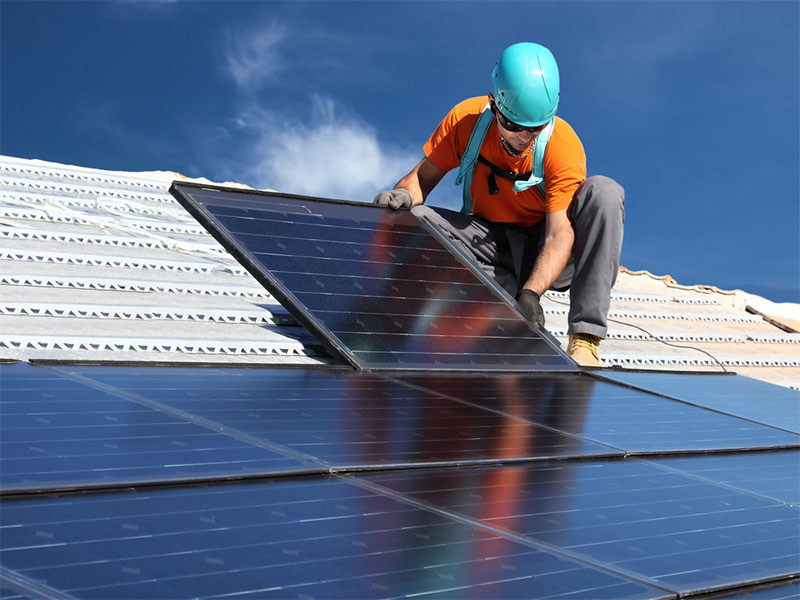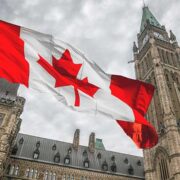TIME ONLINE: Former Trump Aide Says Wind and Solar Research Will Be Cut
A former top aide on energy issues for President Trump’s transition speculated that the Administration will cut research funding for wind and solar power and redirect money to fossil fuels. Energy lobbyist Mike McKenna, who headed Trump’s Department of Energy transition team until late November, told the West Virginia Coal Association that current funding allocations favoring renewable energy would likely be changed.
“The young people have a word for it, it’s not sustainable,” he said, alluding to the agency that crafts the President’s budget. “If DOE doesn’t take care of that on it’s own accord, the Office of Management and Budget almost certainly will.”
The Department of Energy spends billions on research each year, the bulk of which goes to renewable energy projects. In the 2016 fiscal year, the agency spent more than $2 billion on energy efficiency and renewable energy, nearly $1 billion on nuclear energy and more than $600 million on fossil energy.
THE ECONOMIST: Wind and solar power are disrupting electricity systems, But that’s no reason for governments to stop supporting them
ALMOST 150 years after photovoltaic cells and wind turbines were invented, they still generate only 7% of the world’s electricity. Yet something remarkable is happening. From being peripheral to the energy system just over a decade ago, they are now growing faster than any other energy source and their falling costs are making them competitive with fossil fuels. BP, an oil firm, expects renewables to account for half of the growth in global energy supply over the next 20 years. It is no longer far-fetched to think that the world is entering an era of clean, unlimited and cheap power. About time, too.
There is a $20trn hitch, though. To get from here to there requires huge amounts of investment over the next few decades, to replace old smog-belching power plants and to upgrade the pylons and wires that bring electricity to consumers. Normally investors like putting their money into electricity because it offers reliable returns. Yet green energy has a dirty secret. The more it is deployed, the more it lowers the price of power from any source. That makes it hard to manage the transition to a carbon-free future, during which many generating technologies, clean and dirty, need to remain profitable if the lights are to stay on. Unless the market is fixed, subsidies to the industry will only grow.
FORTUNE ONLINE: More Gloom In the Forecast for Solar Energy Stocks
Solar energy stocks aren’t looking so sunny these days.
After enjoying plenty of growth and prosperity for the last several years, the solar energy industry had a less sturdy 2016—and its investors had an even tougher time. Across the board, share prices for solar companies plummeted, with many companies losing more than half their value.
First Solar offered a snapshot of the current predicament when it reported its fourth-quarter 2016 earnings after the market closed on Tuesday. The good news was that the company beat analysts’ sales and earnings predictions, and slightly raised its sales expectations for 2017, to a range between $2.8 billion and $2.9 billion. The bad news: Sales in the quarter were down almost 50% from a year earlier.
CNBC: New York sees almost 800 percent growth in solar power over five years
New York state-supported solar power increased by almost 800 percent from December 2011 to December 2016, Governor Andrew M. Cuomo announced on Tuesday, with almost $1.5 billion leveraged in private investment. The state saw 83.06 megawatts of solar installed through 2011, with the total installed through 2016 hitting 743.65 megawatts, an increase of 795 percent.
“New York is a national leader in clean energy, and the tremendous growth of the solar industry across this state demonstrates this renewal technology’s increased accessibility and affordability for residents and businesses,” Cuomo said in a statement.
“Our investments in this clean energy resource create jobs, reduce carbon emissions, support economic growth, and help build a cleaner, greener New York for all,” he added.
















Comments